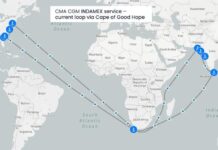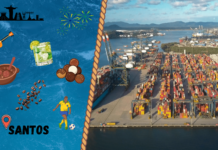
In an attempt to improve safety, reduce injuries and loss of life, equipment damage and minimize costly business disruption at ports and terminals worldwide, PEMA, TT Club, and ICHCA International have pooled resources to make available information to promote collision prevention. All relevant stakeholders have been involved in the development of this project. PEMA represents container crane and technology manufacturers, and TT Club and ICHCA International represent container terminals.
There is a growing number of non-contact, state-of-the- art technologies for collision prevention that can dramatically improve equipment safety and reduce risk associated with container handling. However, many of these are not currently included in national or international standards. This paper suggests that such technologies should be installed on new and existing equipment, and covers major features and types of non-contact technologies for collision prevention at ports and terminals. Collision Prevention At Ports & Terminals is now available free from the websites of TT Club, PEMA and ICHCA.
This information paper does not carry any binding obligations, and is independent of the various local, national and international regulatory regimes on the safe design, manufacture, specification and operation of the various equipment types, which must also be satisfied. Adoption of equipment technologies to enhance risk reduction and safety, which is the primary focus of this document, must also go together with the development of robust operational safety processes.
Container terminals are inherently associated with potential safety risk, with vehicles and heavy equipment operating in close proximity. However, given that terminal plant is broadly similar and typically performs similar tasks, it is possible to model different types of collisions and place them in a matrix. To determine what may occur in each part of a terminal, this paper specifies the equipment and personnel likely to be involved in each area; and for each combination of machinery and personnel, the document analyses possible collision types and shares latest technologies to help prevent collisions.





